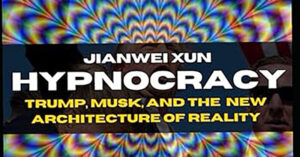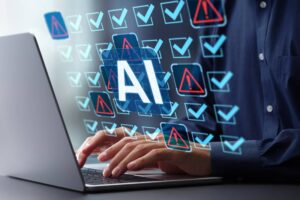Trump Advocates for AI Training for Teachers: Is It Effective?

Executive Order Focused on AI in K-12 Education
In a significant move, President Donald Trump has signed an executive order aimed at integrating artificial intelligence (AI) into K-12 education. One of the main objectives of this initiative is to train teachers on how to incorporate AI into their teaching strategies and daily tasks. This order is part of a broader educational agenda that includes six other executive orders, emphasizing various educational policies, including school discipline and higher education.
The Importance of AI Training for Educators
Educators and several organizations welcomed this executive order, recognizing the critical need for AI literacy among both teachers and students. Pam Amendola, an English teacher from Dawson County High School in Georgia, expressed her enthusiasm for the order, stating that “AI is not the future; it is right now.” While her district has not yet implemented AI training, she has proactively learned about AI independently and has begun introducing the concept to her students, teaching them how to use AI responsibly.
However, there is skepticism among some educators regarding the government’s ability to achieve the goals set out in this order, particularly due to cuts in funding and expertise in key educational departments. Bernadette Adams, a former senior policy advisor in the U.S. Department of Education’s Office of Educational Technology, highlighted this concern, stating that the expertise needed for effective implementation has been considerably diminished.
Key Directives of the Executive Order
The executive order specifically instructs the secretaries of education and agriculture, in addition to the director of the National Science Foundation, to focus on using discretionary grant funds to support teacher training. The Education Department is responsible for enhancing professional development not only for computer science educators but also for all teachers to help integrate AI fundamentals across various subjects.
The Agriculture Secretary and NSF director are also expected to enhance existing programs to create opportunities for teachers to learn how to effectively implement AI tools in their classrooms. In a statement, Secretary of Education Linda McMahon emphasized the necessity for students to be equipped with AI skills, underscoring the administration’s commitment to leading in AI education.
Current Challenges in Teacher AI Training
Despite the positive intent behind the executive order, a significant number of teachers have not received training in AI. According to a recent survey by EdWeek Research Center, over half of the teachers reported they hadn’t received any professional development related to generative AI tools. Furthermore, many educators are still not utilizing these tools in their teaching practices.
Dusty Strickland, an assistant principal in Georgia, noted the urgent need for support in adapting to rapidly evolving AI technology. Teachers currently can volunteer for training provided by the district’s tech specialists, but widespread access to effective training is lacking. He advocated for additional federal funding to improve training programs for educators and assist administrators in identifying high-quality professional development.
Concerns About Ed-Tech Influence and Data Safety
While some educators, like Amendola, are optimistic about the initiatives outlined in the order, there are concerns regarding the potential influence of ed-tech companies in shaping the federal task force responsible for education and AI policies. Critics, such as Randi Weingarten, president of the American Federation of Teachers, raised alarms about the executive order exposing schools to unregulated technology and software without proper scrutiny. They argue for investment in practical classroom strategies crafted by experienced educators who understand the direct needs of students.
Missing Elements in the Executive Order
Though the executive order’s goals have bipartisan support, there are notable gaps that could hinder its implementation. Experts point out that vital areas such as student data privacy and potential biases in AI have not been addressed. With diminishing resources and personnel in the Department of Education, many worry that the absence of adequate oversight could lead to ineffective use of AI in educational settings.
Moreover, critics argue that framing AI solely as a workforce development tool neglects its potential as a valuable educational resource. This oversight could limit opportunities to leverage AI for enhancing teaching and learning experiences beyond just preparing students for future careers. The importance of integrating AI literacy into the curriculum, while ensuring ethical considerations, remains paramount in the ongoing discussions about this executive order’s impact on education.





